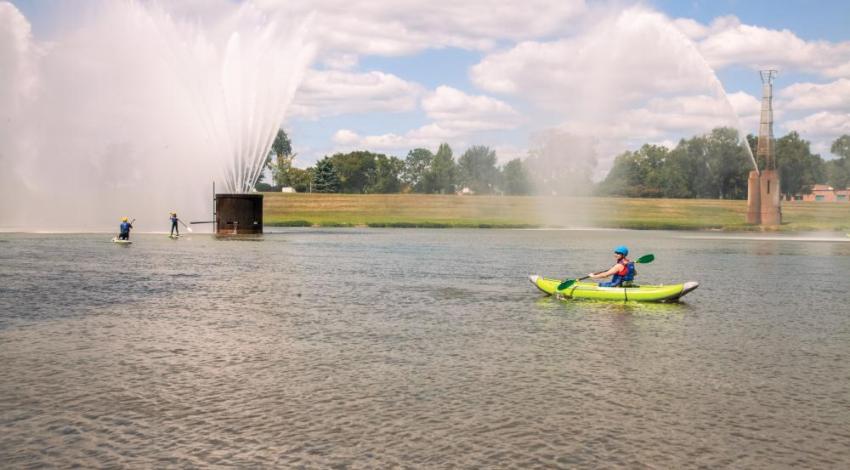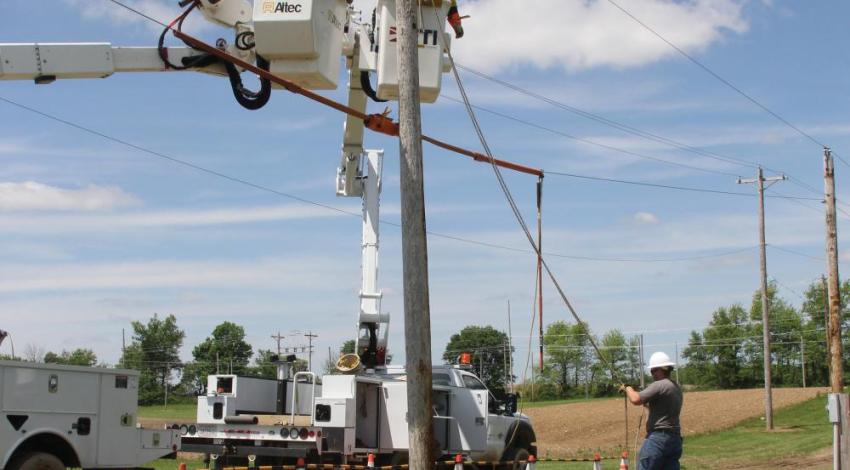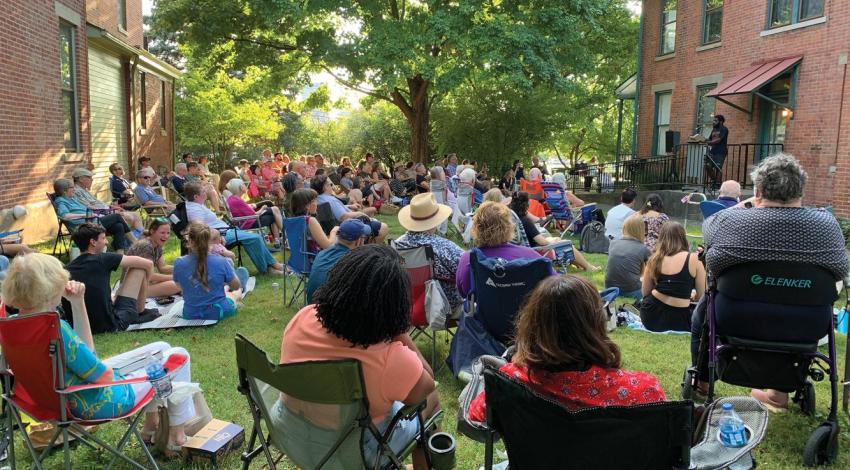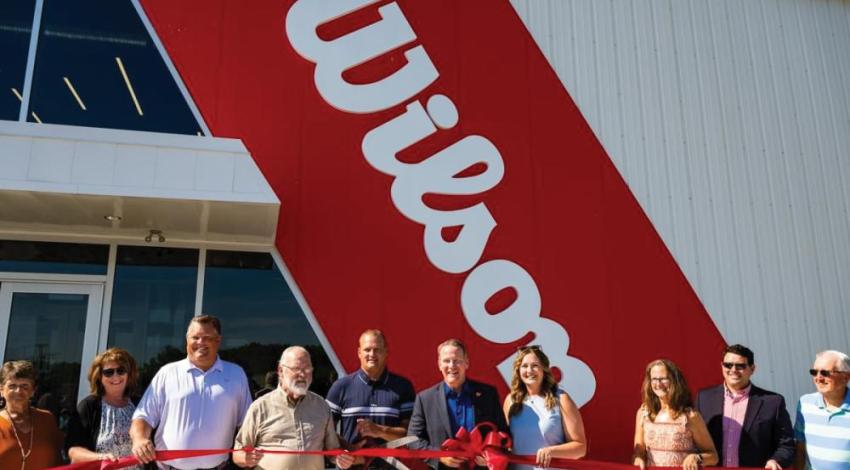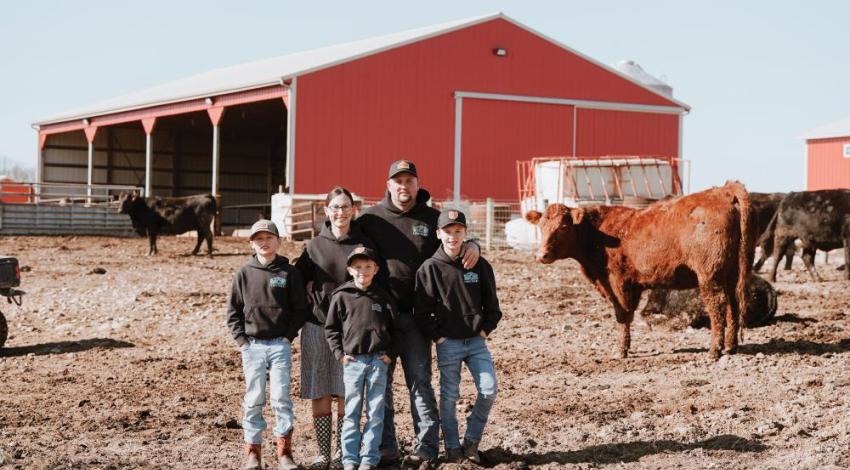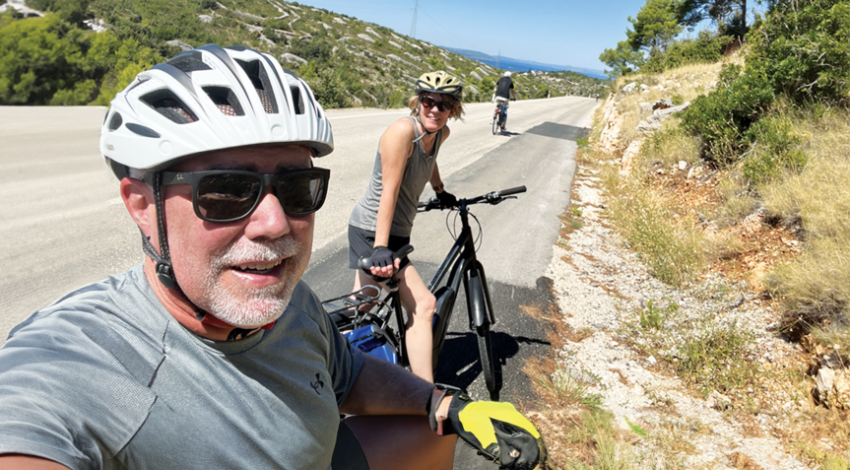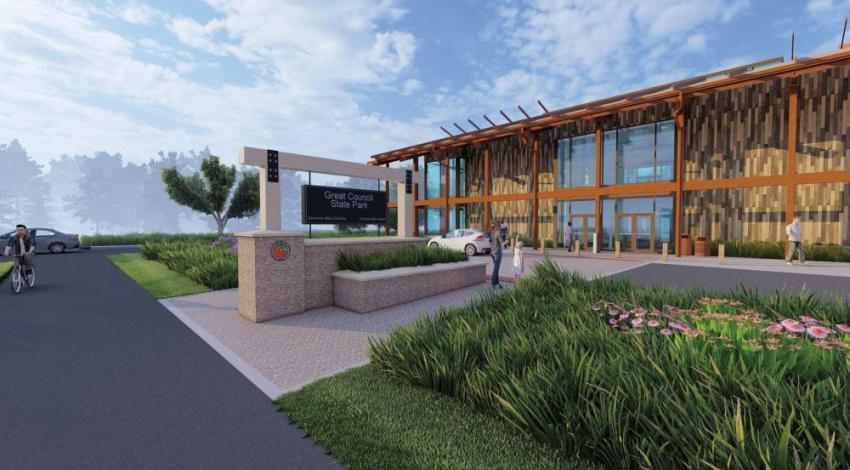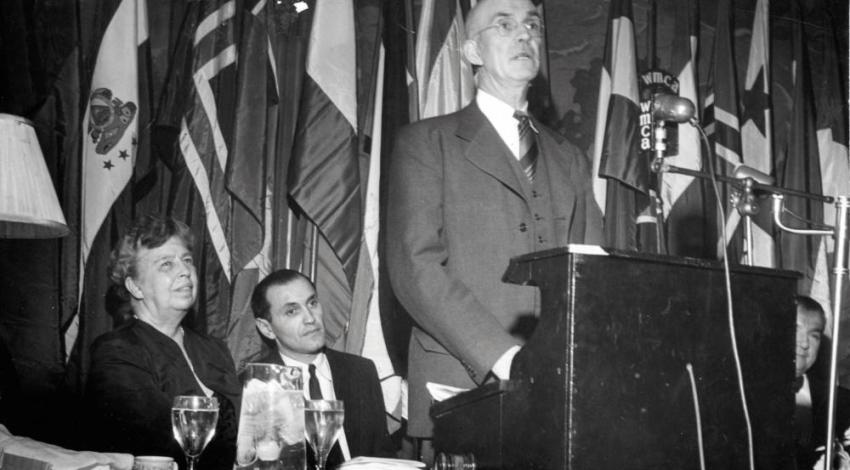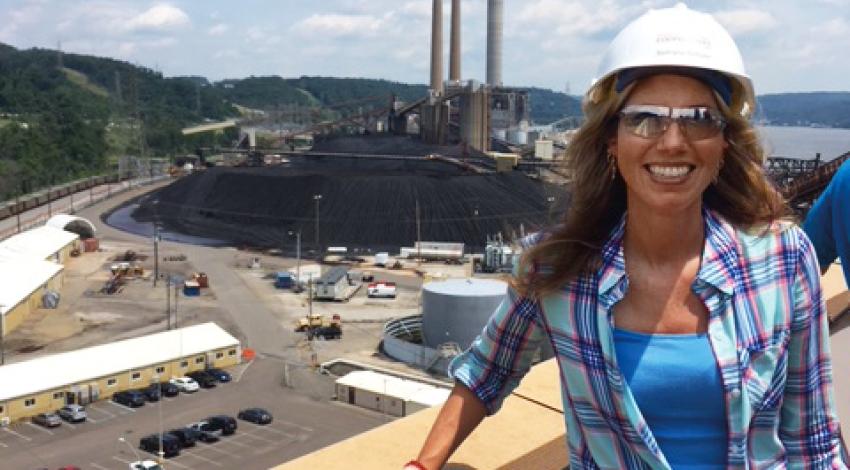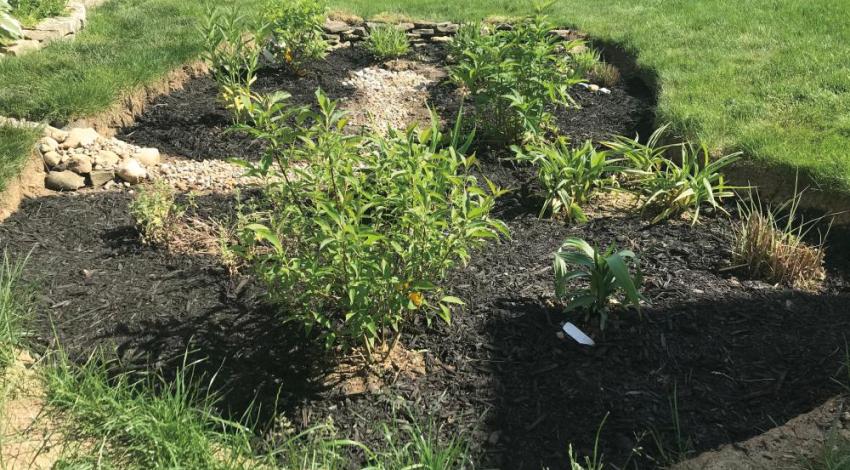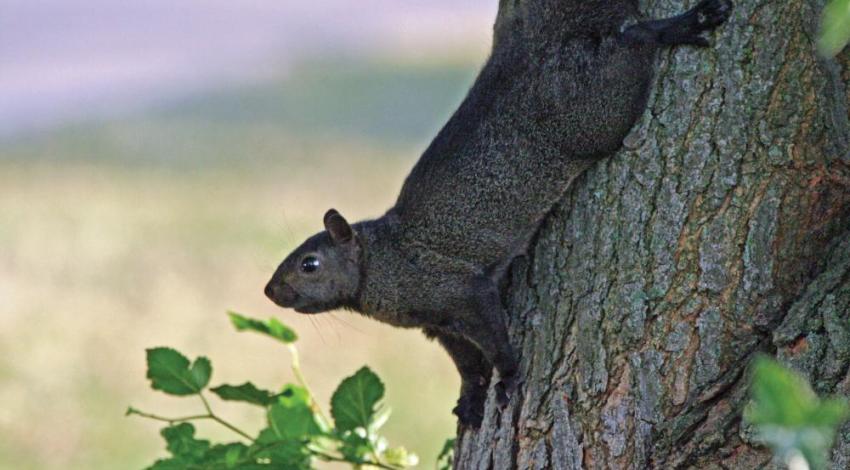When we were young boys, my brother and I sometimes paddled a battered aluminum canoe on the Mohican River in north-central Ohio.
One of those streams is the Mohican, and today’s paddlers can view the Mohican River Water Trail at the ODNR website or download a brochure to find information about access points (including Greer Landing), picnic areas, and points of interest, as well as low-head dams and other hazards along the way.
